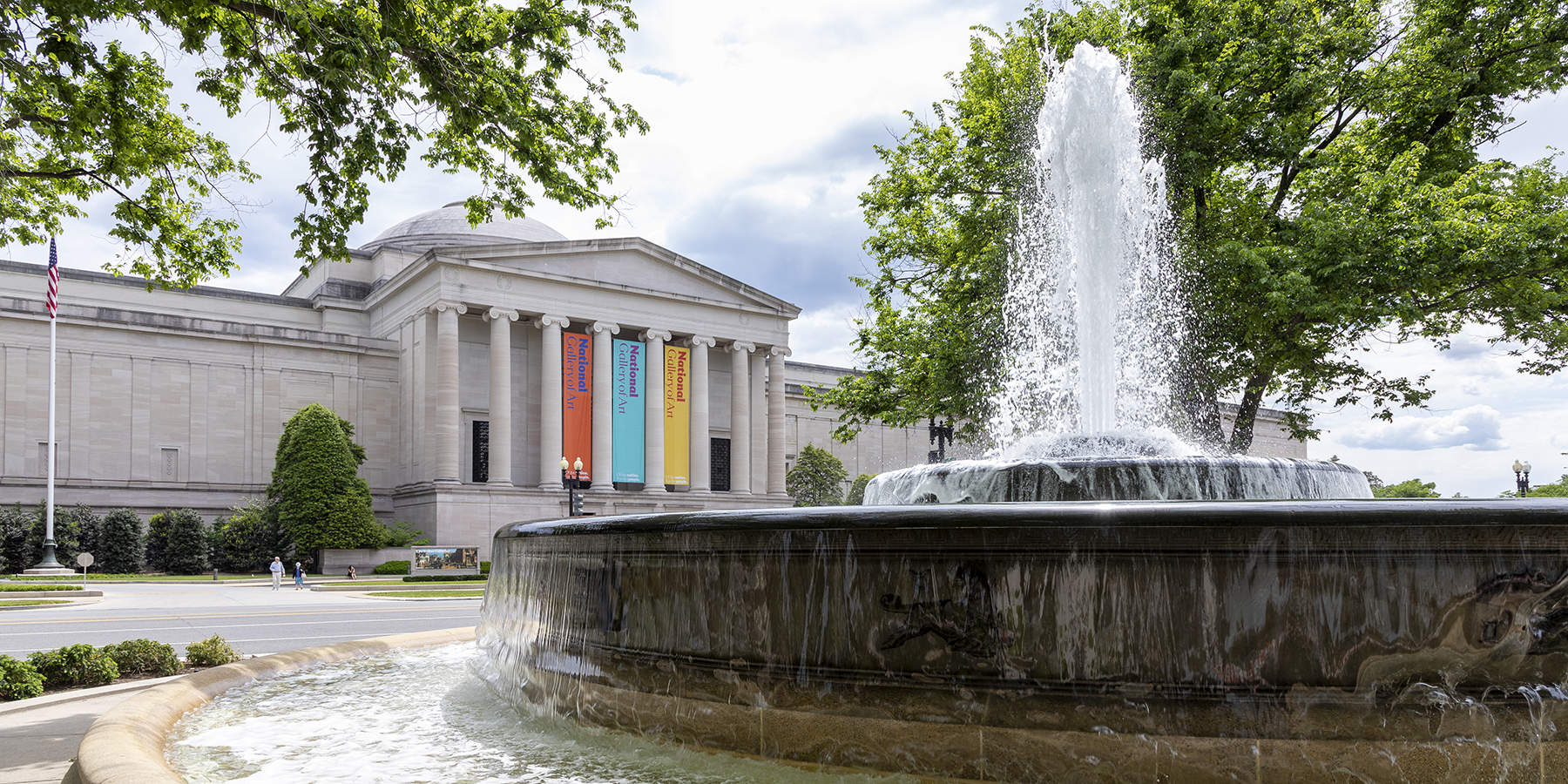The Early History of the Accademia di San Luca in Rome was conceived, under the direction of Associate Dean Peter M. Lukehart, as a project in two parts: a volume of interpretive essays concerning the establishment of one of the first artists’ academies in late 16th-century Italy and a research database of newly rediscovered coeval notarial documents that support current and future study of the Accademia and its members. Based largely upon these important documents, the essays published in The Accademia Seminars (2009) serve as the first institutional history of the Accademia and cover issues from the creation of new statutes to the siting of the church of Santi Luca e Martina in the Roman Forum, and from the formulation of the educational program of the academy to the roles of the artists and amatori who participated in it. The open-access database of documents, The History of the Accademia di San Luca, c. 1590–1635: Documents from the Archivio di Stato di Roma, complements the essays and encourages new research on the Accademia. With over 1,300 names of artists and participants (including many variant spellings), the faceted searching (by keyword, document type, place, notary, and date) provides myriad ways to customize and refine research. Select bibliographies and carousels of images for the more famous artists augment and extend research.
During the past year, the project team—Matthew J. Westerby, Abby S. Whitlock, and Fulvia Zaninelli—has devoted its time to two major projects. The first focused on an enhanced map feature and revised project introduction, which launched in November 2020 on the project’s website. Recently added pages bring 11 historic maps of Rome to a place of prominence on the site, cross-referenced with over 50 locations identified in the archival documents. Ranging in date from the late 15th to the late 17th century, the maps situate the Accademia di San Luca’s various edifices and associated properties within the ever-changing urban fabric of Rome. These annotated maps can be explored comparatively and in depth by means of the Mirador image viewer, using the International Image Interoperability Framework.
The second endeavor builds upon the digitization by the National Gallery of Art Library of a significant collection of historic Roman guidebooks, available in the collection “The Eternal City: Roman Guidebooks and Histories from the Renaissance to the Enlightenment.” The research team worked to select and incorporate digital facsimiles of 12 rare books as new resources on the site. Priority was given to those texts that are uniquely featured in the online collection of the National Gallery of Art Library and not otherwise available. These rare books, published over the course of 250 years, enhance our knowledge of the places mentioned in the documents featured on the Accademia website. Following a similar research and methodological approach implemented with the maps, 50 locations mentioned in the archival documents have been identified within each guidebook. The annotations facilitate the identification of a given place while elevating these sources to essential historical research tools in their own right. These guidebooks have the potential to contextualize and enrich the information that the user can draw from our primary material.
One of the project’s next initiatives is to increase site accessibility and expand the project’s audience beyond the current scholarly community of users. To further highlight the richness of the project’s visual and textual resources and to clarify the project’s scope, the team is scripting a series of user guide videos that will include screen recordings, narration, and English/Italian captions to align with the project’s bilingual nature.
Peter M. Lukehart wrote an essay, “A Brief History of the Accademia di San Luca,” for a catalogue accompanying Raphael and the Classical Canon: Masterpieces from the Accademia Nazionale di San Luca, an exhibition that will be on view in China in 2021.
Research Associate: Fulvia Zaninelli
Robert H. Smith Research Associate: Matthew J. Westerby
Assistant to the Program of Research: Abby S. Whitlock

